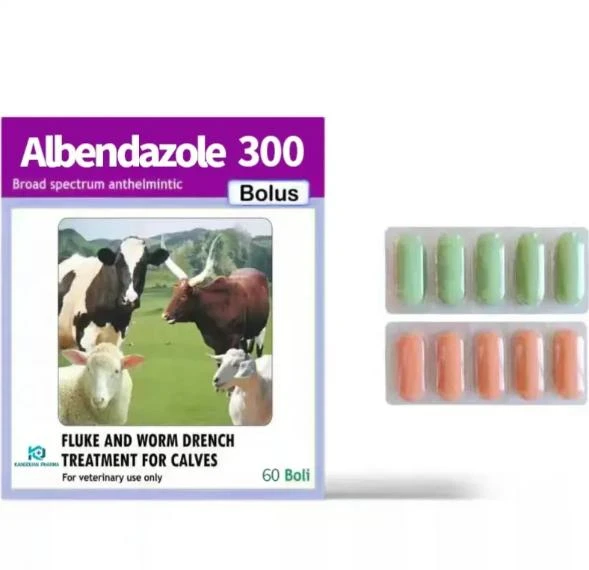- Afrikaans
- Albanian
- Amharic
- Arabic
- Armenian
- Azerbaijani
- Basque
- Belarusian
- Bengali
- Bosnian
- Bulgarian
- Catalan
- Cebuano
- Corsican
- Croatian
- Czech
- Danish
- Dutch
- English
- Esperanto
- Estonian
- Finnish
- French
- Frisian
- Galician
- Georgian
- German
- Greek
- Gujarati
- Haitian Creole
- hausa
- hawaiian
- Hebrew
- Hindi
- Miao
- Hungarian
- Icelandic
- igbo
- Indonesian
- irish
- Italian
- Japanese
- Javanese
- Kannada
- kazakh
- Khmer
- Rwandese
- Korean
- Kurdish
- Kyrgyz
- Lao
- Latin
- Latvian
- Lithuanian
- Luxembourgish
- Macedonian
- Malgashi
- Malay
- Malayalam
- Maltese
- Maori
- Marathi
- Mongolian
- Myanmar
- Nepali
- Norwegian
- Norwegian
- Occitan
- Pashto
- Persian
- Polish
- Portuguese
- Punjabi
- Romanian
- Russian
- Samoan
- Scottish Gaelic
- Serbian
- Sesotho
- Shona
- Sindhi
- Sinhala
- Slovak
- Slovenian
- Somali
- Spanish
- Sundanese
- Swahili
- Swedish
- Tagalog
- Tajik
- Tamil
- Tatar
- Telugu
- Thai
- Turkish
- Turkmen
- Ukrainian
- Urdu
- Uighur
- Uzbek
- Vietnamese
- Welsh
- Bantu
- Yiddish
- Yoruba
- Zulu
Urt . 01, 2025 03:13 Back to list
Injectable Ivermectin for Cattle Effective Parasite Control Solution and Application Methods
Cattle Injectable Ivermectin A Key Tool in Modern Veterinary Practices
Ivermectin is a widely recognized antiparasitic agent that has gained prominence in veterinary medicine, particularly in the treatment and prevention of parasitic infestations in cattle. Its efficacy, safety, and broad-spectrum activity make it an indispensable tool for cattle producers worldwide. This article explores the importance of injectable ivermectin, its mechanism of action, applications, and best practices for use in cattle management.
Understanding Ivermectin
Ivermectin belongs to a class of drugs known as macrolides, which are derived from the fermentation products of the soil bacterium Streptomyces avermitilis. It has been found to be highly effective against a range of internal and external parasites, including nematodes, mites, and ticks. The injectable formulation offers several advantages over other forms, such as oral or pour-on formulations, including better absorption, longer duration of action, and reduced risk of accidental ingestion or environmental contamination.
Mechanism of Action
The mode of action of ivermectin involves the disruption of the nervous system of parasites. It binds to specific glutamate-gated chloride channels and enhances the inhibitory neurotransmission, leading to paralysis and eventual death of the parasites. This mechanism primarily targets the parasites' nervous and muscular systems, rendering them incapable of movement and feeding, which is crucial for their survival.
Applications in Cattle Management
The use of injectable ivermectin in cattle is primarily aimed at controlling parasitic infections that can have devastating impacts on livestock health, productivity, and overall farm profitability. Some of the key applications include
1. Internal Parasites Ivermectin is effective against a range of gastrointestinal nematodes, including Ostertagia, Haemonchus, and Cooperia species. By controlling these internal parasites, farmers can improve feed efficiency, weight gain, and overall herd health.
2. External Parasites The drug is also beneficial for managing external parasites such as lice and mites. Infestations of these pests can cause significant discomfort, leading to stress and decreased productivity in cattle.
3. Ectoparasitic Control Injectable ivermectin is particularly useful in controlling tick populations, which are vectors for various diseases like Lyme disease and anaplasmosis. By reducing tick burdens, farmers can protect their cattle from disease transmission and improve overall herd immunity.
cattle injectable ivermectin

4. Seasonal Management The strategic use of injectable ivermectin can aid in seasonal parasite management, aligning treatments with the life cycles of parasites to maximize their effectiveness and minimize reinfection risks.
Best Practices for Use
While injectable ivermectin is a potent tool in managing parasites in cattle, its effectiveness largely depends on proper administration and adherence to best practices
- Vet Consultation Always consult with a veterinarian to confirm the need for treatment and to determine the appropriate dosage based on the cattle's weight and health status.
- Correct Administration Follow the manufacturer's guidelines for administration to ensure the drug is delivered correctly and safely.
- Rotation of Anthelmintics To prevent the development of resistance, it is essential to rotate ivermectin with other classes of anthelmintics. This approach helps maintain the effectiveness of treatments over time.
- Monitoring and Assessment Regularly monitor cattle for signs of parasitic infestations and evaluate the effectiveness of treatments. This allows for timely adjustments in management practices as needed.
- Record Keeping Maintain accurate records of treatments administered, including dosages and dates, to track the health and productivity of the herd.
Conclusion
Injectable ivermectin plays a crucial role in modern cattle management, enabling producers to combat parasitic infections effectively. By understanding its mechanism of action and implementing best practices, farmers can enhance the health and productivity of their herds while ensuring the sustainable use of this valuable veterinary medicine. As with any treatment, a proactive and informed approach to parasite management is essential for achieving optimum results in cattle production.
-
Guide to Oxytetracycline Injection
NewsMar.27,2025
-
Guide to Colistin Sulphate
NewsMar.27,2025
-
Gentamicin Sulfate: Uses, Price, And Key Information
NewsMar.27,2025
-
Enrofloxacin Injection: Uses, Price, And Supplier Information
NewsMar.27,2025
-
Dexamethasone Sodium Phosphate Injection: Uses, Price, And Key Information
NewsMar.27,2025
-
Albendazole Tablet: Uses, Dosage, Cost, And Key Information
NewsMar.27,2025













